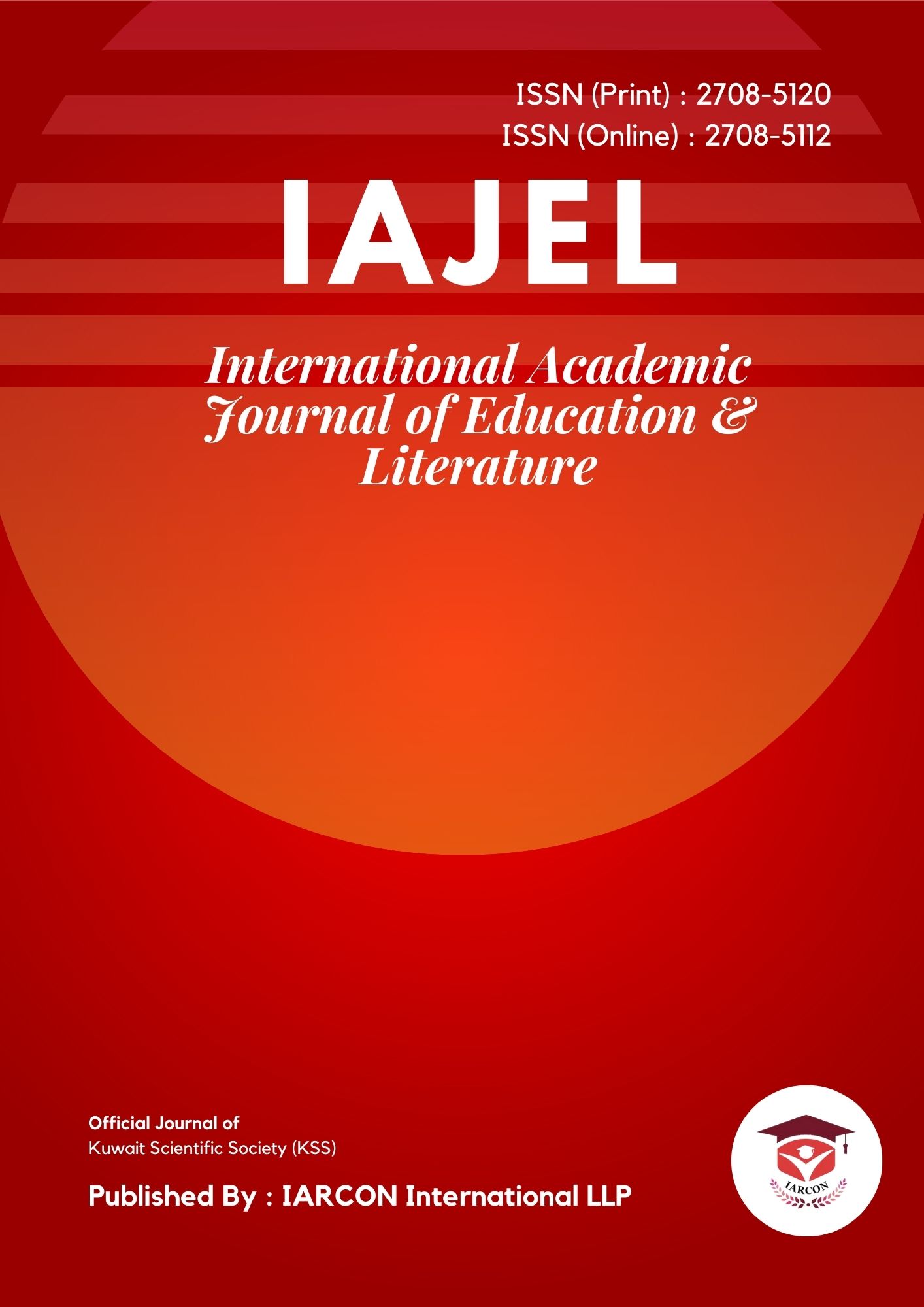The 21st century has been marked by the use of information and communication technology in all aspects of life, including the learning process [1]. In the midst of this rapid change, education is faced with both challenges and opportunities for transformation. On the one hand, 21st century developments require the education system to adapt. Technological advances have given rise to new ways of learning, from online platforms to artificial intelligence. On the other hand, education plays an important role in shaping a resilient and adaptive 21st century society. Critical, creative, and innovative thinking skills are needed to solve complex challenges.
Creative thinking is a process used when we come up with a new idea. It combines previously unconnected ideas. Creative thinking, when combined with critical thinking, is a manifestation of higher order thinking. There are two perspectives on creative thinking. The first view is that creative thinking is intuitive, in contrast to critical (analytical) thinking, which is based on logic. The second view is that creative thinking is a combination of analytical and intuitive thinking [2, 3]. Based on research results presented by [4, 5], one way to improve creative thinking skills is through literacy.
Literacy is often associated with letters or alphabets. Literacy is an adaptation of the English word "literacy", which means the ability to read and write. According to the Usaid Prioritas program (2014), early grade literacy only refers to a person's language skills (listening, speaking, reading, and writing) to communicate in different ways according to their purpose. Thus, literacy is only associated with the ability to communicate in writing.
Mathematical literacy based on PISA studies includes four mathematical contents, namely (a) space and shape, (b) change and relationship, (c) quantity, and (d) uncertainty and data. The content of space and shape is one of the contents in PISA that uses geometry material as the basis for its solution. Of the four contents, the content of space and shape or those related to geometry occupy the lowest position [6-8]. However, this literacy skill, especially geometry literacy, is one of the important skills that must be mastered by students to face the challenges of today. The indicators of geometry literacy are broken down from mathematical literacy, namely formulate, employ, interpret and evaluate. Based on this, efforts are needed to support students' literacy skills. One effort that can be made is to develop learning tools based on mathematical literacy.
Teachers have the main task of planning, implementing, and evaluating the learning process. Hala (2015) [9] states that teachers plan their learning by creating and preparing learning tools. Then, the learning tools are used to carry out the learning process and then conduct an evaluation to see whether the learning objectives have been achieved or not. Improving the quality of learning and learning outcomes requires aligning the learning process supported by good tools by developing learning tools. [10].
The low results of AKM (Assesmen Kompetensi Minimum) are due to the weak mathematical literacy where students do not yet have the ability to understand and apply mathematical concepts used to solve problems in everyday life.
Previous studies have developed teaching materials to train mathematical literacy skills, including those by Octaviyani, Putri, & Yanawati (2019); Susanta, Sumardi, & Zulkardi (2022) [11, 12]. These teaching materials are in the form of student worksheets. In contrast to previous research, this study develops a learning device in the form of a Validated Learning Implementation Plan (RPP), Student Worksheets (LKPD), and Teaching Modules based on validator assessments. These materials can be used to train students' creative thinking skills in the material of sequences and series.




